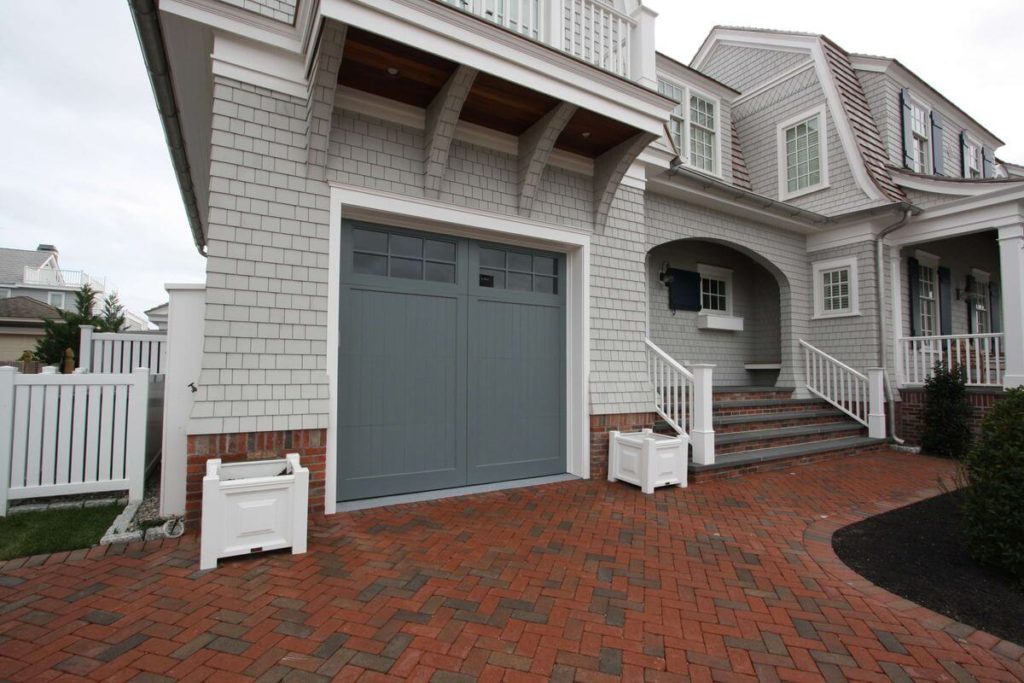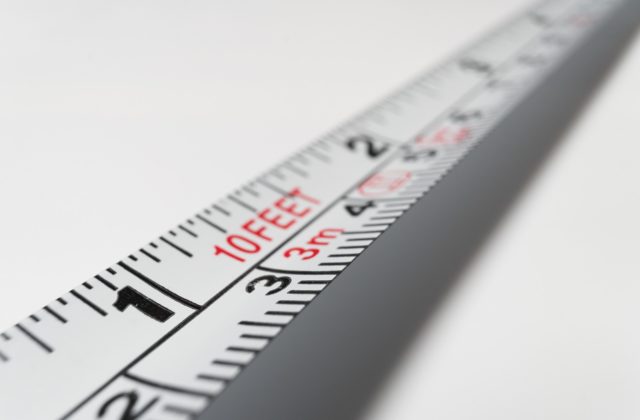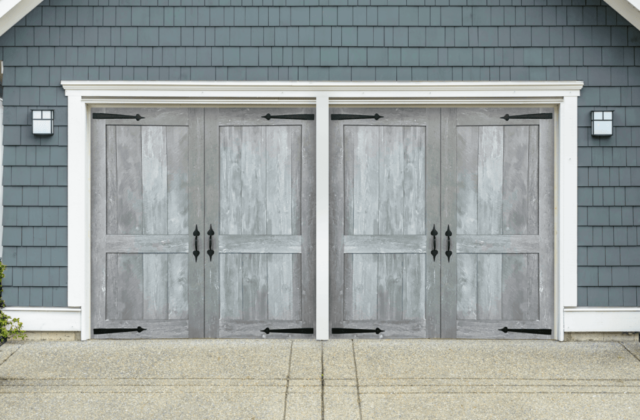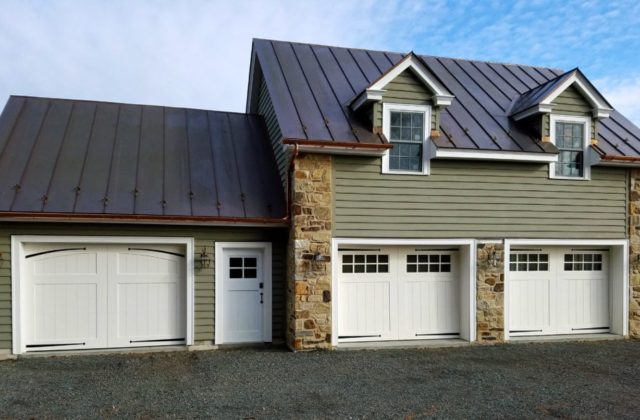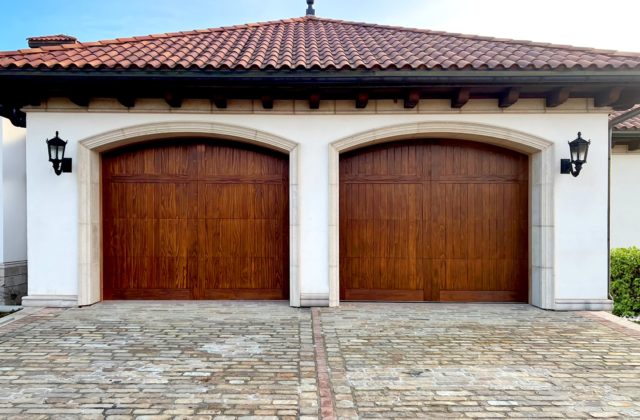As the summer heat begins to kick in, you may find yourself wondering, what is the best way to cool a garage? Having a garage is a great asset for your home, but it can easily be wasted if the space is too hot to use.
However, we’re here to show you the ins and outs of insulating and cooling your garage. In this blog, we’ll cover the benefits of having a cool garage space for you to use in the summer, as well as tips on how to cool a garage.
Benefits of Keeping Your Garage Cool
Why is my garage so hot? This is a popular question we’ve all contemplated when temperatures rise. Learning how to cool a garage is often necessary for the summer and has benefits beyond just keeping you cool. We’ll review a few of these pros below.
Protects Personal Items
Like most people, you’re likely using your garage to store personal items. This is perfectly safe if you’re able to keep your space cool. However, there are risks to doing this if your space isn’t insulated properly. For example, humidity causes rust and extreme temperatures can damage your items.
Multipurpose Space
Having a cool garage opens up countless opportunities for you to repurpose that space into more than a spot for cars. You can turn it into a workshop or studio area, making it more practical and purposeful. In turn, this helps you maximize your indoor space, which can be extremely beneficial to your daily life.
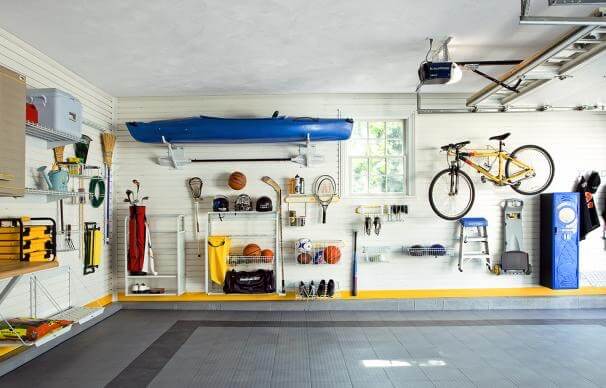
Best Ways to Keep Your Garage Cool in the Summer
We’ve gone over the benefits of having a cool garage, and now we’ll look at best ways to cool garages in the summer.
How to Circulate Air In a Garage
There are different ways you can circulate air in your garage. One way is to use fans. You can use a typical oscillating fan, box fans, pedestal fans, or even a high-powered fan to keep air moving.
Another way to circulate air is to learn how to ventilate your garage. There are two ways in which ventilation works in a garage space – known as active and passive ventilation.
- Active ventilation: Typically more complicated and pricier, but more effective because it is powered mechanically.
- Passive ventilation: Normally installed on the roof and requires little to no energy when dissipating heat from the garage.
How to Cool a Garage with No Windows
Keeping a garage with no windows cool may seem tricky, but there are different ways you can keep this area from heating up too much. The first and most obvious way would be to install or use fans, as this will keep air circulating and create a nice breeze.
Other options to cool your garage with no windows are:
- Install attic vents
- Install a mini-split air conditioner
- Adapt a window AC unit to the wall
Where to Place a Fan in Your Garage
If you have chosen to use fans to cool your garage, there are certain areas you can place them to maximize their effectiveness.
If you have windows, place a fan next to the window to blow hot air from inside to out. The same can be done by opening your garage door and placing a fan where it will blow hot air outside from your garage opening. Of course, you should also place a fan directed towards your work area to move cool air in your direction.
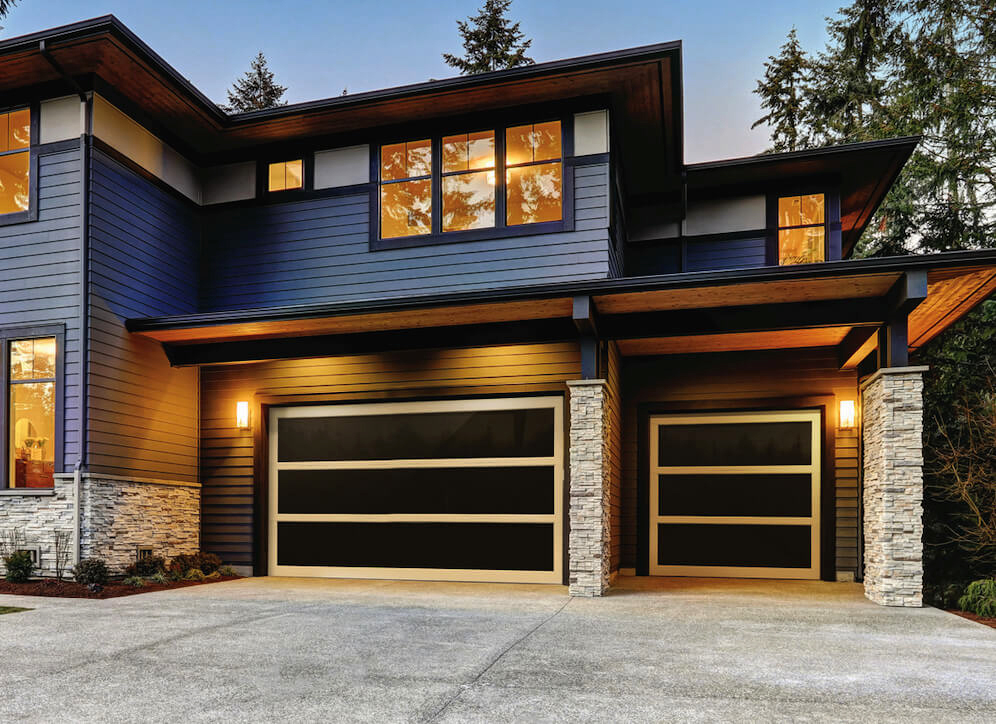
The Importance of Garage Insulation
The warmer months aren’t the only times you may want your garage temperature to be consistent with your home’s temperature. The best way to maintain a standard temperature in your garage is with high-quality insulation.
Whether you are interested in heating your garage or keeping it cool, insulation can help you achieve the perfect temperature. Having this insulation in place is beneficial for more than just temperature control too.
Increased Energy Efficiency
The main reason you should insulate your garage is for energy efficiency. In the summer and winter, every time you open your garage door, you are sending hot or cold air into your home. However, using insulation reduces the transmission of heat and cold.
Extreme temperatures cause your heating or air conditioning system to work overtime to ensure the garage temperature stays consistent with the rest of your home. With insulation, you don’t have to worry about the strain on heating and cooling systems, since your garage will stay at a consistent temperature.
Protection Against Carbon Monoxide
Another very important reason to insulate your garage is to protect you and your family from carbon monoxide. If you keep your vehicle in your garage, it can emit carbon monoxide, which, when trapped, can seep into your home.
Protecting yourself from carbon monoxide is extremely important for your health. You don’t want to risk becoming sick because there was carbon monoxide trapped in your space that eventually made its way into your home.
Pipes and Shared Ceilings
If your garage has pipes or shares a ceiling with your home, you may not have a choice whether or not to insulate it. In the winter, cold temperatures can cause pipes to freeze or burst, leaving you with a serious, time-consuming, and costly problem.
Additionally, if there is a room or area above your garage, any extreme temperature that affects your garage will have an effect on your home. This can leave you uncomfortable in other spaces of your home and again, force your HVAC system to work harder.
Experts at Millian Aire AC and Heating say that proper insulation and ventilation in the garage area can help mitigate these temperature fluctuations, improving comfort levels throughout the home and reducing strain on the HVAC system, ultimately leading to energy savings and increased efficiency.
Noise Transmission
You may live in an area where your neighbors are close by, and if this is the case, you don’t want the noise to be an issue for either party. Insulating your garage promotes noise reduction, which can help keep your space quiet and peaceful and allow you to be as loud as you want.
Door Strength
Insulating your garage door also makes it stronger, and a stronger, more durable garage door can benefit you in many ways. Insulation makes your door more resistant to damage and dents, whether caused by vehicles, kids, weather, or simply everyday use. Extreme hot and cold weather also affects your garage door, especially if you own a custom wooden garage door.
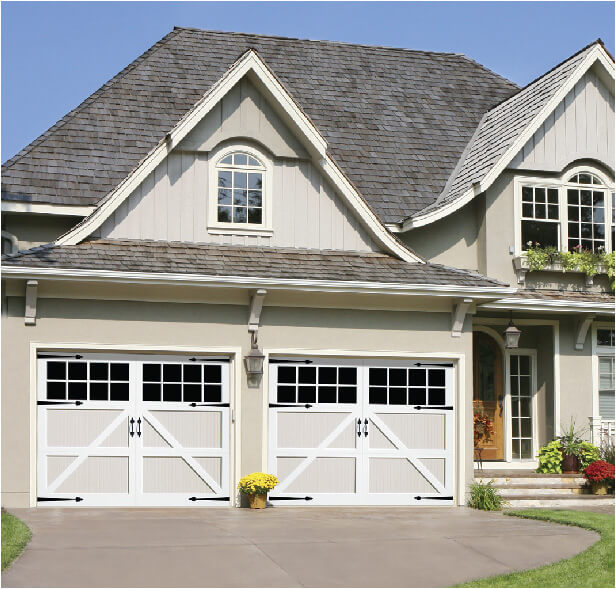
Common Garage Insulation Methods
Whether you want to learn how to keep heat out of your garage or keep cool air from seeping in, there are several different types of insulation you can use.
Some types of insulation you are able to install by yourself, while others may require a professional. Regardless, each insulation type will help keep your garage at a consistent and comfortable temperature.
Fiberglass Insulation
Fiberglass insulation is the most commonly used form of insulation. It’s sold in batts and long blankets, which fit between wall studs and ceiling joists. There are pros and cons to using this type of insulation, including:
Pros:
- Easy to handle
- Easy to place in framing
- Inexpensive
Cons:
- Can irritate eyes, skin, and lungs
- Vulnerable to moisture
- Can be a fire hazard if installed incorrectly
Cellulose Insulation
Cellulose insulation is loose-fill insulation made from recycled newspapers and treated with fire retardant and blown into walls and ceiling cavities. This type of insulation also has its pros and cons:
Pros:
- Environmentally friendly
- Fire resistant
- Insect-resistant
Cons:
- Requires a special machine to install
- Difficult to wrap around pipes
- Risk of settling over time
- Requires drywall
- Costly
Rigid Foam Insulation
Rigid foam insulation comes in 4×8’ sheets that range from ½ to 4 inches in thickness. The most common materials used are polystyrene, extruded polystyrene, and polyisocyanurate. Rigid foam insulation can be cut to fit almost any space. Of course, there are both pros and cons to using rigid foam insulation:
Pros:
- High R-value
- Good noise reduction
- Affordable
Cons:
- Cut-to-fit installation
- Insects and pests can tunnel through
- Risk of being too airtight and/or not meeting air venting codes
Spray Foam Insulation
Spray foam insulation is low-expanded canned insulation made from high-end materials that are typically used for energy-efficient construction. Spray foam insulation also has both pros and cons to take into account :
Pros:
- Provides air-tight seal
- Best for tight spaces
- High R-value
- Mold and insect resistant
Cons:
- Costly
- Best installed by a professional
- Can expand too much or too little
- Risks shrinking as it ages
If you want more in-depth knowledge on insulation methods, read our blog on garage door insulation which covers additional benefits of insulating your garage space.
Benefits of Conditioned Garage Spaces
Learning how to cool a garage in the summer has many benefits. A conditioned garage space can be used for countless activities and can be turned into an area that supports your interests and elevates your home.
Choosing to condition your garage space opens the door for so many opportunities. There are a variety of unique ideas you can use for inspiration, and once you decide what to do with your extra space, you’ll find yourself wondering why you didn’t think of conditioning your garage sooner.
Ideas for Conditioned Garage Spaces
Wood Workshop
If you have carpentry skills and enjoy working with your hands, you may consider turning your garage into your very own woodshop.
Office Space
Sometimes, there isn’t enough space in your home to accommodate an office, or it may be too chaotic amid the hustle and bustle of family life. Consider creating an office space in your garage, where you’ll have privacy and the silence needed to focus on your work.
Art Studio
Let’s face it: art studios are wonderful spaces, but they take up a lot of room and can be messy. Try converting your garage into your own art studio, where you can create in peace and without distractions. This also provides a great place to keep your art while you’re working on it, and even once you’ve finished your creations.
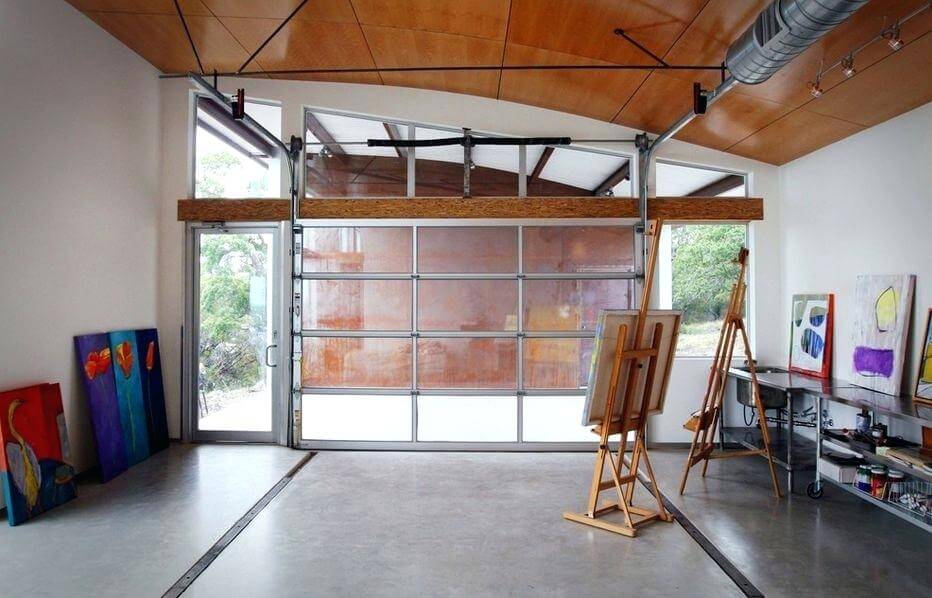
Car Workshop
Working on cars is a great stress reliever for some people, but it requires a lot of space for labor, equipment, and tools. Turning your garage space into a car workshop gives you the space you need to work on your cars and keep your tools stored away.
Home Gym
If your gym isn’t close by – or even if you want to get a quick workout in without leaving the house – turning your garage into a home gym is the perfect solution. You’ll have space for the equipment you may need and can get your workout in without paying for a membership or leaving your house.
Garden Room
Gardening can be a huge part of homeownership, but who says your garden has to only be outside? Converting your garage into a garden room can be a great way to house indoor plants while keeping your gardening equipment and tools all in one place.
Hangout Space

Whether you choose to make it a man cave or a place for the kids, creating a hangout space in your garage is a great way to elevate your home. It truly maximizes the extra space and provides another area to relax and hang out. If you have younger children, you may consider turning your garage into a playroom, too.
